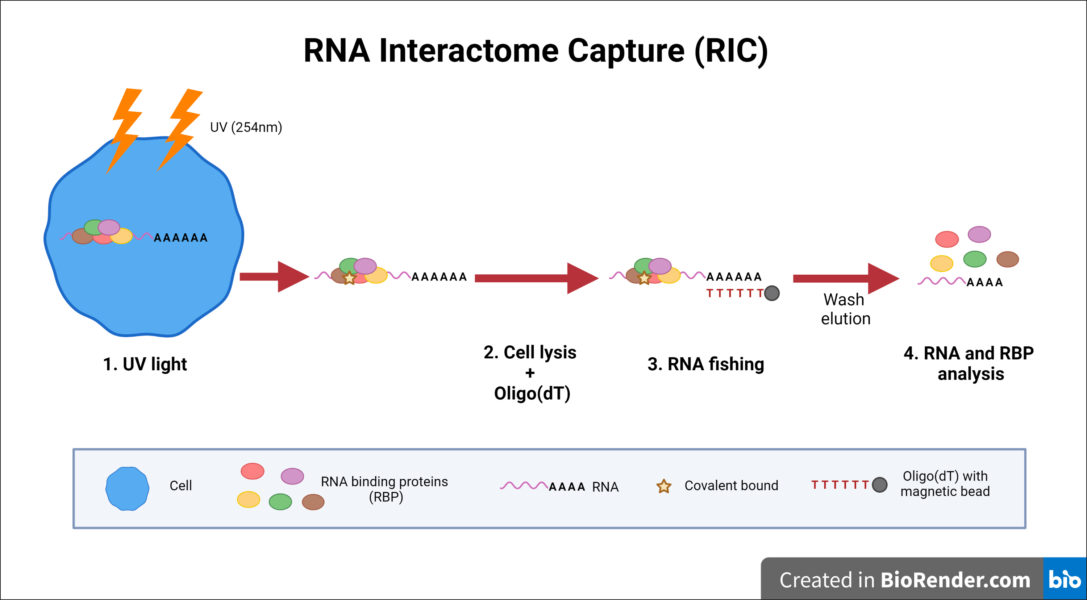The Center for Genomic Regulation (CRG) has led a study to learn about the RNA-binding proteins involved in the metastasis of melanoma, the most lethal form of skin cancer. The team, also formed by researchers from the University of Halle and the University of Oxford, have identified, thanks to the RIC technique, 23 proteins that were bound to RNA in tumor cells much more than in normal cells. Among these proteins, PDIA6 stood out, which the scientific team studied in more detail. Thus, studies in mice revealed that cancer cells with lower amounts of this protein, injected into the animals, show less ability to spread to the lungs.
“RNA-binding proteins are of great therapeutic interest. The technique used in this study makes it possible to measure their activity on a global scale, something that is not possible with conventional methods”
Fátima Gebauer, CRG

The RIC technique
Designed in 2012, RIC (RNA Interactome Capture) is a technique that allows RNA-associated proteins to be characterized on a large scale. To carry it out, the following steps must be followed:
- First, ultraviolet (UV) light must be applied to the cells to strengthen the binding between RNA and proteins.
- The cells are then lysed to extract their contents and the RNAs are isolated using an Oligo(dT), a deoxythymine sequence (the nitrogenous base complementary to adenine) that binds to the adenine terminal tail (polyA) of the RNA.
- Finally, thanks to the magnetic ball attached to the Oligo(dT), the RNA-protein binding complexes (interactome) of the sample are ‘fished’ with a magnet.
- Once the RNA and associated proteins have been obtained, they are dissociated again and the proteins can be identified.

The principal investigator, Fátima Gebauer of the CRG, says that currently “we are only looking at the potential of RNA-binding proteins”. She hopes that, in the future, this technique that allows scientists to compare tumor and non-tumor cells, will also serve to improve personalized cancer therapies.
Neus Mestre-Farràs, Santiago Guerrero, Nadine Bley, Ezequiel Rivero, Olga Coll, Eva Borràs, Eduard Sabidó, Alberto Indacochea, Carlos Casillas-Serra, Aino I Järvelin, Baldomero Oliva, Alfredo Castello, Stefan Hüttelmaier, Fátima Gebauer. Melanoma RBPome identification reveals PDIA6 as an unconventional RNA-binding protein involved in metastasis, Nucleic Acids Research, 2022; gkac605. doi.org/10.1093/nar/gkac605







